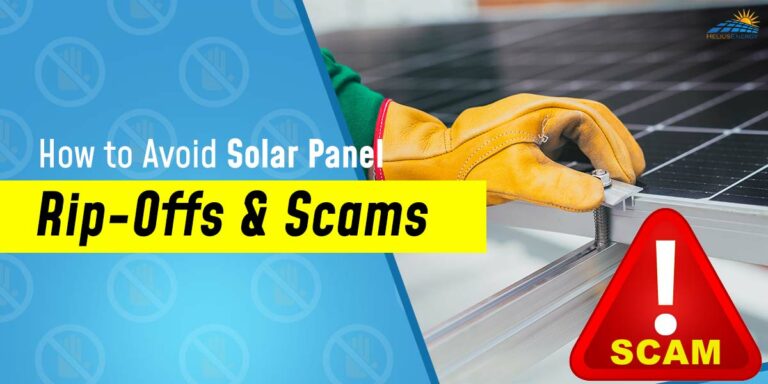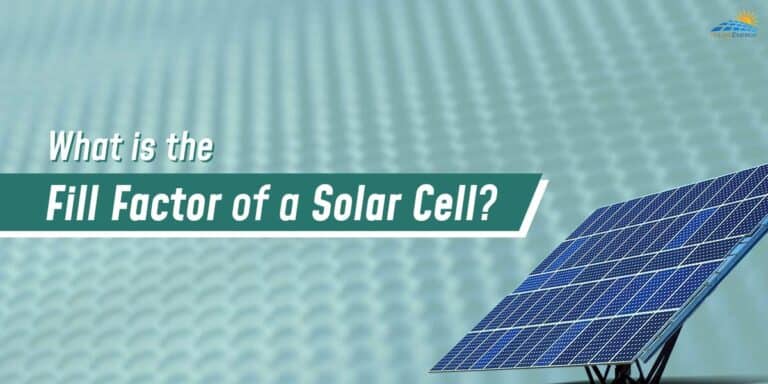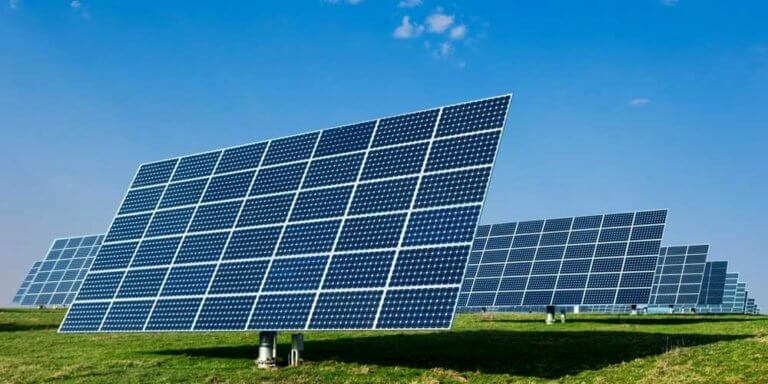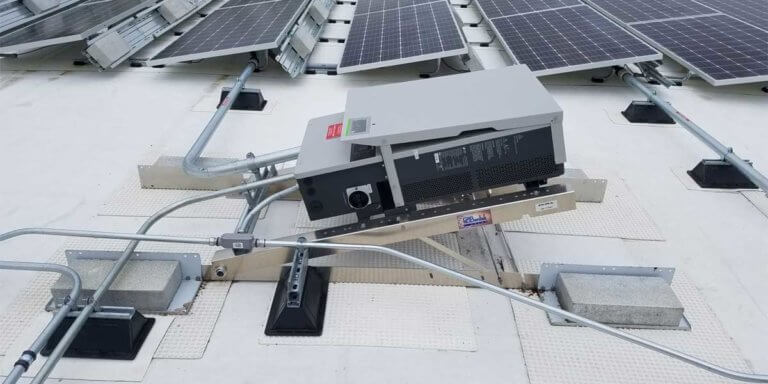What Will a 100 Watt Solar Panel Run?
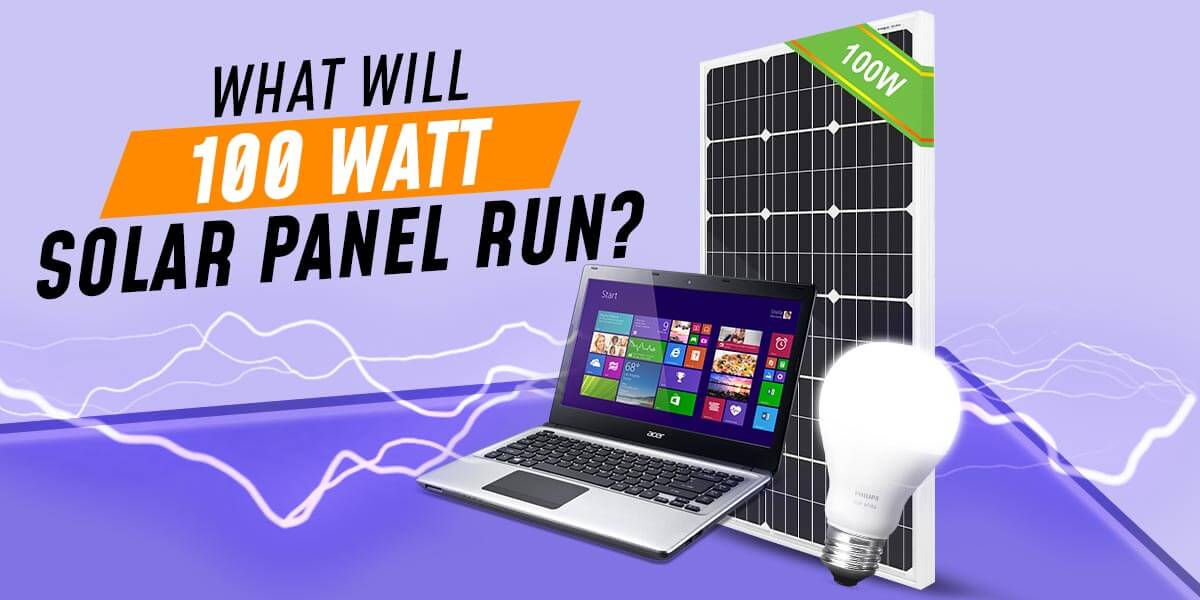
Each 100-watt solar panel produces a good amount of energy. 100w solar panel is portable, suitably small, and simple to change. These features have contributed to their rising appeal, particularly for outdoor operations like hiking and RVing. However, it’s crucial to note that a 100-watt screen is less than the normal household solar panel before moving on.
What will 100W solar panels run? Users can only use the renewable electricity you gather to power small gadgets, yet it could also be an efficient technique to generate solar energy. Such kind of battery capacity is frequently used along solar panels. One can do this to save extra power and utilize it later.
- 1. What Can a 100-Watt Solar Panel Power?
- 2. How Much Power Does a 100w Solar Panel Produce?
- 3. Size and Cost of the 100w Solar Panel
- 4. How Much Energy Does a 100-Watt Solar Panel Produce on a Cloudy day?
- 5. Can You Connect a 100w Solar Panel with the Batteries?
- 6. Can You Connect Multiple 100w Solar Panels?
- 7. Can You Power Your Home with 100w Solar Panels?
- 8. Advantages of 100W Solar Panels
- 9. Conclusion
What Can a 100-Watt Solar Panel Power?
Suppliers of solar panels like zamp,renogy and gopower often provide 100-watt value for a panel that, under perfect circumstances, generates 100 watts of energy an hour in direct sunshine.
The best circumstances are when there is no rainfall or darkness, and the solar panel is pointed straight at the sunlight. What can 100 watts power? 100-watt solar panels generate only about 100 watts, including the direct sun.
Other elements, such as the solar panel’s inclination position, heat, and neatness (if it has dirt upon that), have an impact on how much energy the solar panel produces. Thus, even though users keep their solar PV installation adequately, one should still plan for a waste of between 10% and 25%. Engineering equations cannot be performed under the premise of perfect correctness.
To generate the necessary electricity for the day, approximately 15 100-watt solar cells would be needed to light up a residence.
How Much Power Does a 100w Solar Panel Produce?
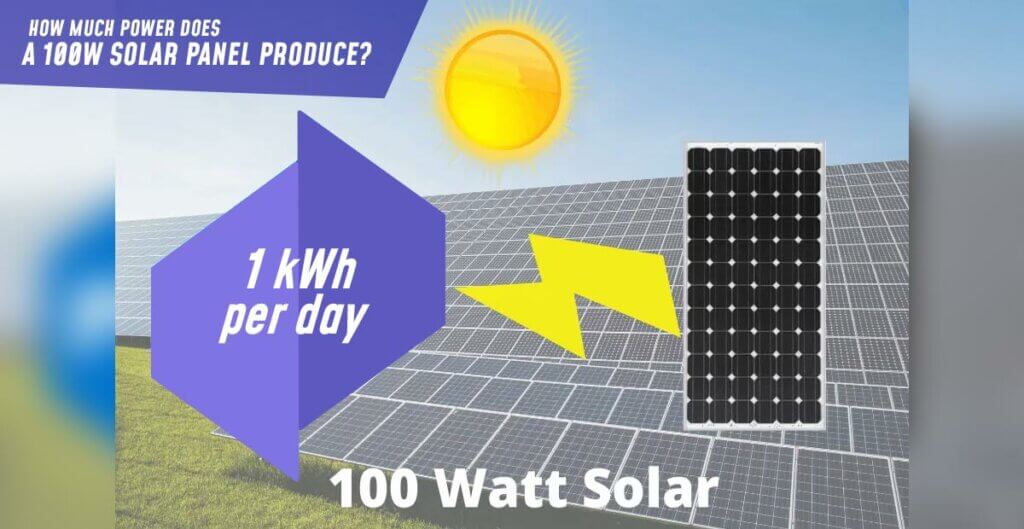
A solar panel device that would be classified at 100 watts is referred to simply as a “100-watt panel.” This indicates that, in ideal circumstances, it seems to have an energy production ranging approximately to 100 watts of Dc converter. One requires several elements to work together to get the best output: the solar panel must be mounted correctly at the best angle and position.
Most importantly, it needs to get the most sunlight. Certainly, people won’t always experience ideal circumstances. Most of every day, particularly in the early hours and evening, will feature very little sunlight for your panel.
Your solar panel will generate significantly less than around 100 W during those hours. The concept that the overall amount of sunshine differs by place due to topography and weather further complicates matters.
For instance, snowy Vermont receives much less sunlight than sunny Nevada! Most of this implies that based on how and where individuals utilize a 100-watt photovoltaic panel, it will generate varying quantities of overall electricity (expressed in watt-hours or kilowatt-hours).
Fortunately, people have access to information about the average quantity of sunlight that every region in the U.S. receives. We could use that information to determine the typical quantity of electricity a 100-watt solar cell will generate daily in every region.
Size and Cost of the 100w Solar Panel
The dimensions of 100-watt solar panels vary according to their performance and shape, but they typically comprise around 47 x 21.3 x 1.4 inches, the size of a 100W solar panel. This 100 w solar panel can be purchased separately or even as a part of a system with a charge regulator, wires, and adapters.
Prices may differ significantly based on the quality, effectiveness, and equipment offered. Typically, a solitary 100-watt panel costs $100, maybe less. A complete 100 W starter product, though, may reach $300, sometimes more.
How Much Energy Does a 100-Watt Solar Panel Produce on a Cloudy day?
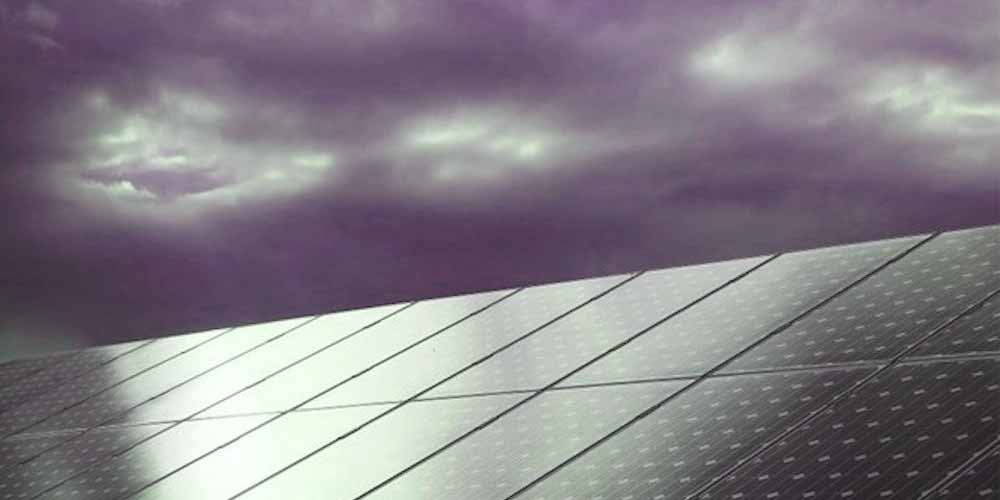
Based on the quantity of cloudiness and how well the light is hidden, you might anticipate a loss of approximately 90% upon cloudy weather. Having stated so, a solar cell would typically only generate between 40 and 60 percent of its full capacity on such a gloomy day. A total of 1.2 amps every 60 minutes, or 6 amp-hours daily, can be anticipated from the solar panels in cloudy situations.
Can You Connect a 100w Solar Panel with the Batteries?
Yes you can connect multiple solar panels to batteries, doing so is typically a smart idea. Remember that while the power produced by the solar cells varies across the day, it is completely absent at nighttime. You wouldn’t have access to energy during those times, except you possess a standby energy option.
In other words, choose a solar cell with a minimum storage capacity of double that of the average output of the cells. You would need a cell with a 400 Wh storage if your daily solar generation were 200 Wh.
Can You Connect Multiple 100w Solar Panels?
Yes, you can connect solar panels collectively to boost their overall output. For example, you can receive up to 200 watts when users link two connections, whether in series or parallel. Three connections will give the user 300 watts and many more. A typical and simple fix is simply adding another panel to an old arrangement.
Can You Power Your Home with 100w Solar Panels?
Due to their high power use, households often need solar systems with a capacity somewhere between 5 kilowatt and 10 kilowatt (or 5,000–10,000 watts). A circuit of 50 to 100w photovoltaic arrays would be needed to establish a system that big. However, there are many good reasons why you shouldn’t.
The process is more difficult because of the additional framework, racking, and bolts required by placing so many distinct solar panels. Additionally, additional electrical linkages result from more panels, which makes the network less dependable.
Advantages of 100W Solar Panels
They are Cost-Effective with Environmentally Friendly solar panels. In addition, they reduce Sound Emissions and can continue Recharging the gadgets like laptops, lights fans, etc. They also have a Significantly Smaller Environmental Effect and are Highly Reliable. Solar panel can be installed with multiple batteries with the new system connector because they can easily be installed.
Conclusion
The 100-watt solar panel kit is incredibly flexible and effective because it combines the simplicity of solar equipment with many basic components of any photovoltaic system with the capacity to power familiar gadgets, like computers, fans, and lamps. And hence, you can stall the solar panels of your comfort.


